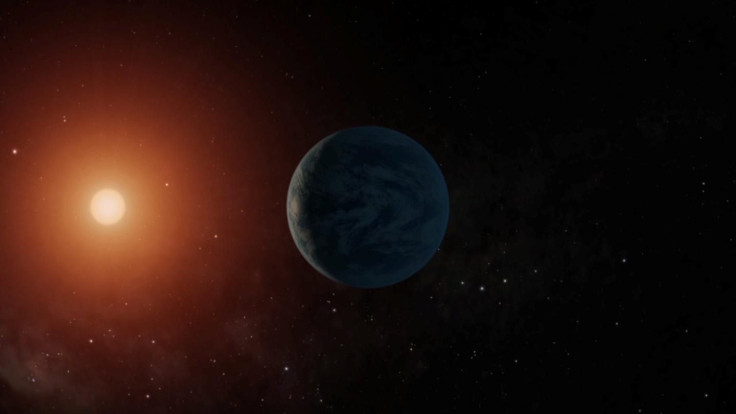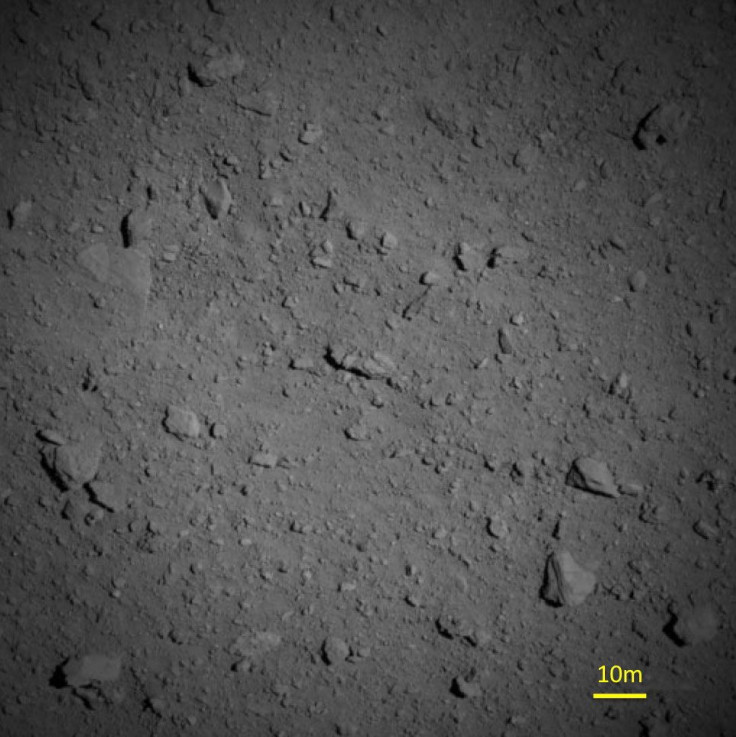Astronomers Identify 44 Exoplanets At Once, Photograph Asteroid Ryugu Up Close

As NASA gears up to touch the sun with its Parker Solar Probe, two separate teams of Japanese astronomers have given us more to learn about our universe, particularly the bodies inhabiting it.
One of the teams, led by researchers at University of Tokyo, discovered as many as 44 exoplanets in one go, while the other gave us a close-up view of asteroid Ryugu’s surface for the first time.
The exoplanet discovery, which is being touted as one of the biggest in this arena, was made with the help of source observations taken by NASA’s Kepler Space Telescope and ESA’s Gaia satellite. Both missions have been observing the sky for years, giving unprecedented insights into exoplanetary candidates sitting within the Milky Way galaxy.
The team initially observed signs of 72 exoplanets in the 10th observing campaign of Kepler’s K2 mission, but then they decided to use ground-based telescopes to confirm if the occasional dips in the lights of their host stars — a phenomenon called transit — is really due to a closely orbiting world or some other factor.
This confirmed the planetary nature of 44 of those objects and helped the team determine their size, orbital period and temperatures. According to the researchers, the work not just added more exoplanets into the list of already identified super-Earths, sub-Neptunes, sub-Saturns orbiting bright stars, but also increased the number of planets just as big as our own.
"It was also gratifying to verify so many small planets," John Livingston, the lead researcher behind the discovery, said in a statement. "Sixteen were in the same size class as Earth, one in particular turning out to be extremely small -- about the size of Venus -- which was a nice affirmation as it's close to the limit of what is possible to detect."
They also found four exoplanets that take just about 24 hours or a single Earth day to complete an orbit around their host stars. "In other words, a year on each of those planets is shorter than a day here on Earth,” Livingston added.
The group believes discoveries like this could bolster our understanding of solar system and the formation of different objects lurking in the cosmos. One such object is Ryugu, a diamond-shaped asteroid that has just been photographed by Japanese Space Agency’s Hayabusa2 spacecraft – up close.

Ever since taking to the skies, Hayabusa2 has flown more than 280 million kilometers to rendezvous with Ryugu. The mission hopes to collect surface samples from the rock and return back to Earth sometime in 2020. But, in order to make that happen, it first has to land on the asteroid.
Hayabusa2 came within six kilometers of Ryugu a few months back and now, it came closer, flying just 850 meters above its surface. The spacecraft started a free fall toward the asteroid in a bid to check its gravitational pull. During the descent, it took a series of photographs revealing the surface features of the space-rock.
Soon after the reaching the 850m mark, the spacecraft used its thrusters to rise back up, but that was enough to show the asteroid's surface like never before. The images, captured in grey, revealed small rocky structures on the surface. This looked similar to tiny dust particles seen in a desert at night, but according to the space agency, these are actually sizable boulders.
In the future, the spacecraft will aim to get closer than this and its land rovers collect samples and complete the mission.
© Copyright IBTimes 2024. All rights reserved.





















